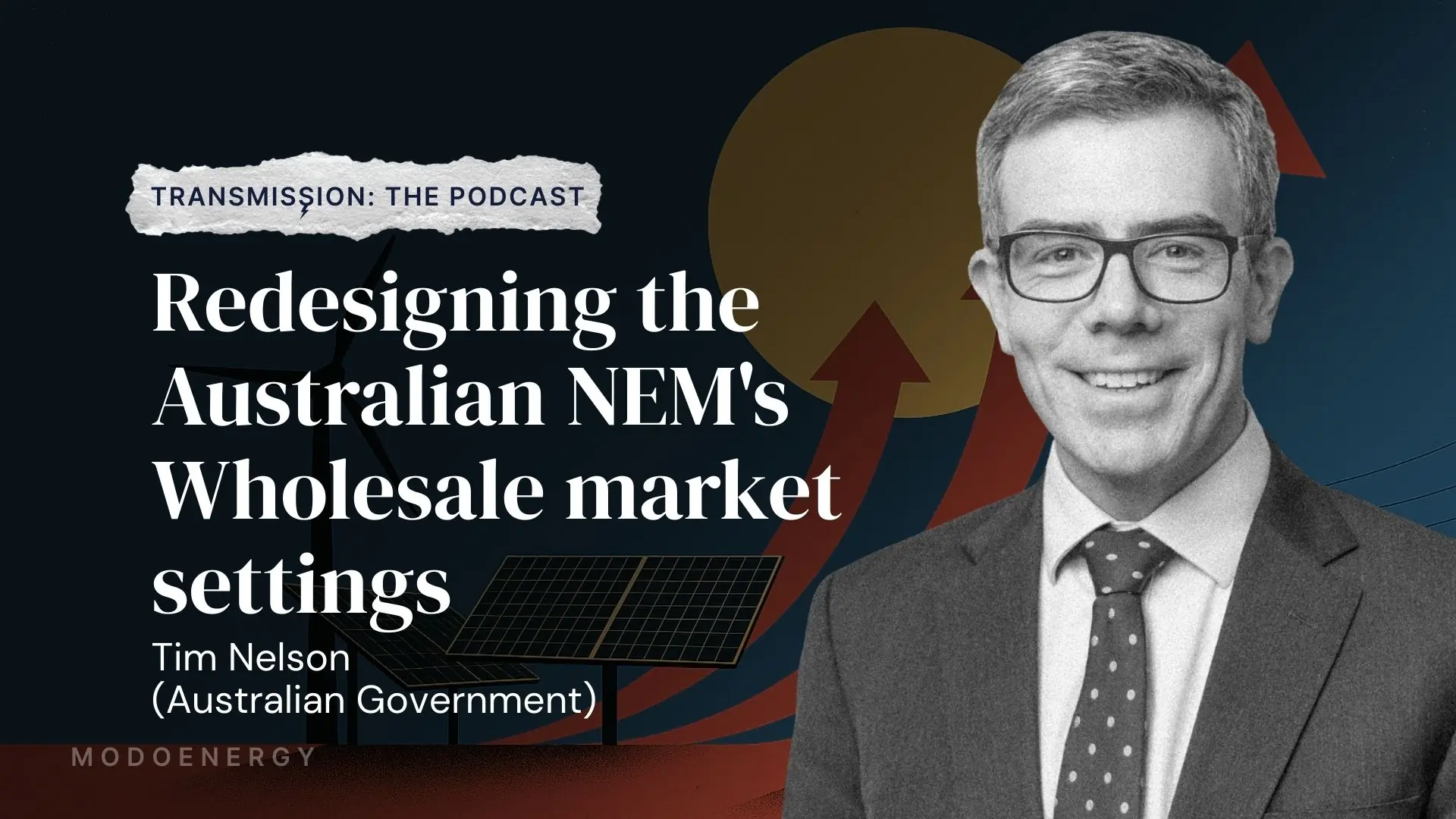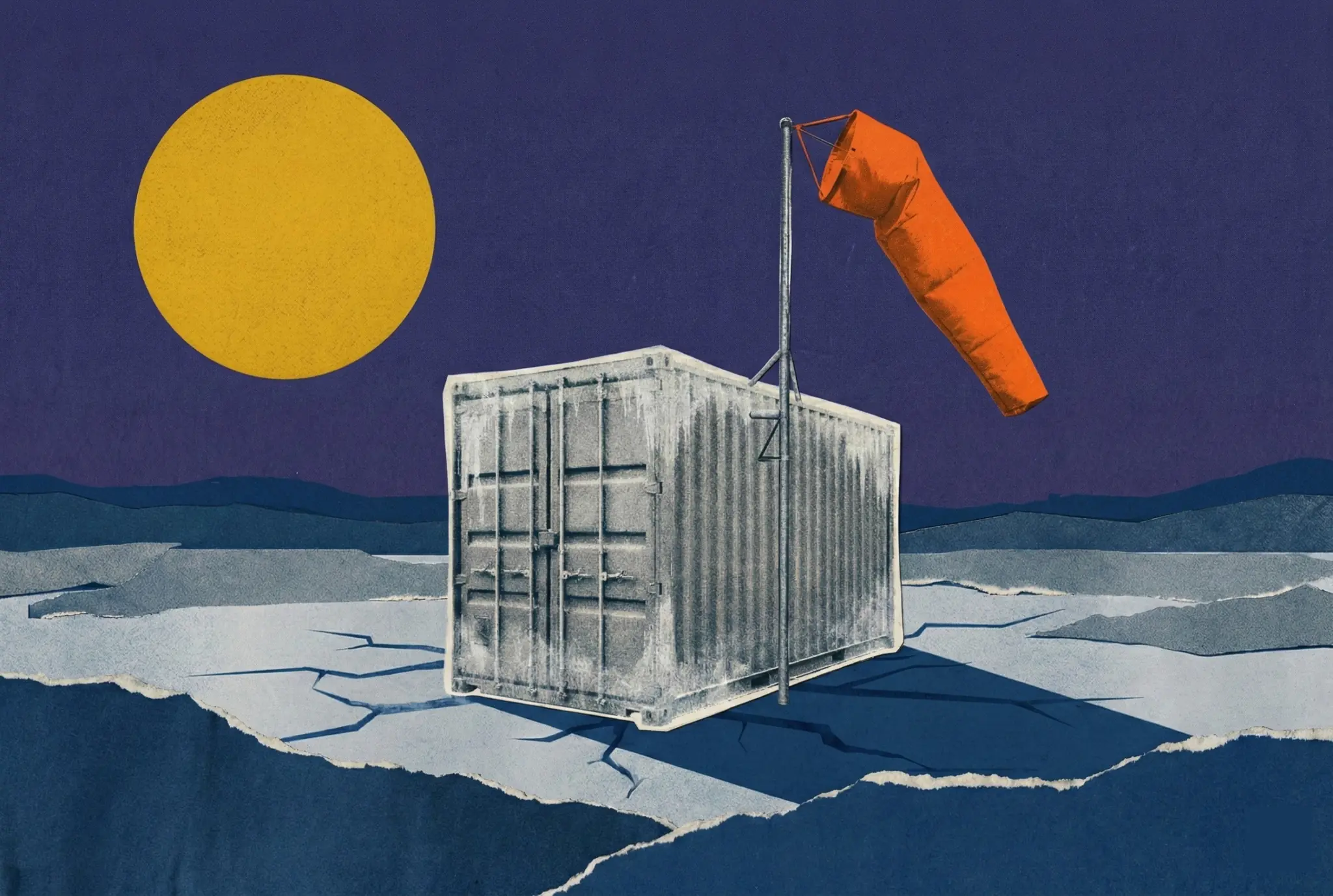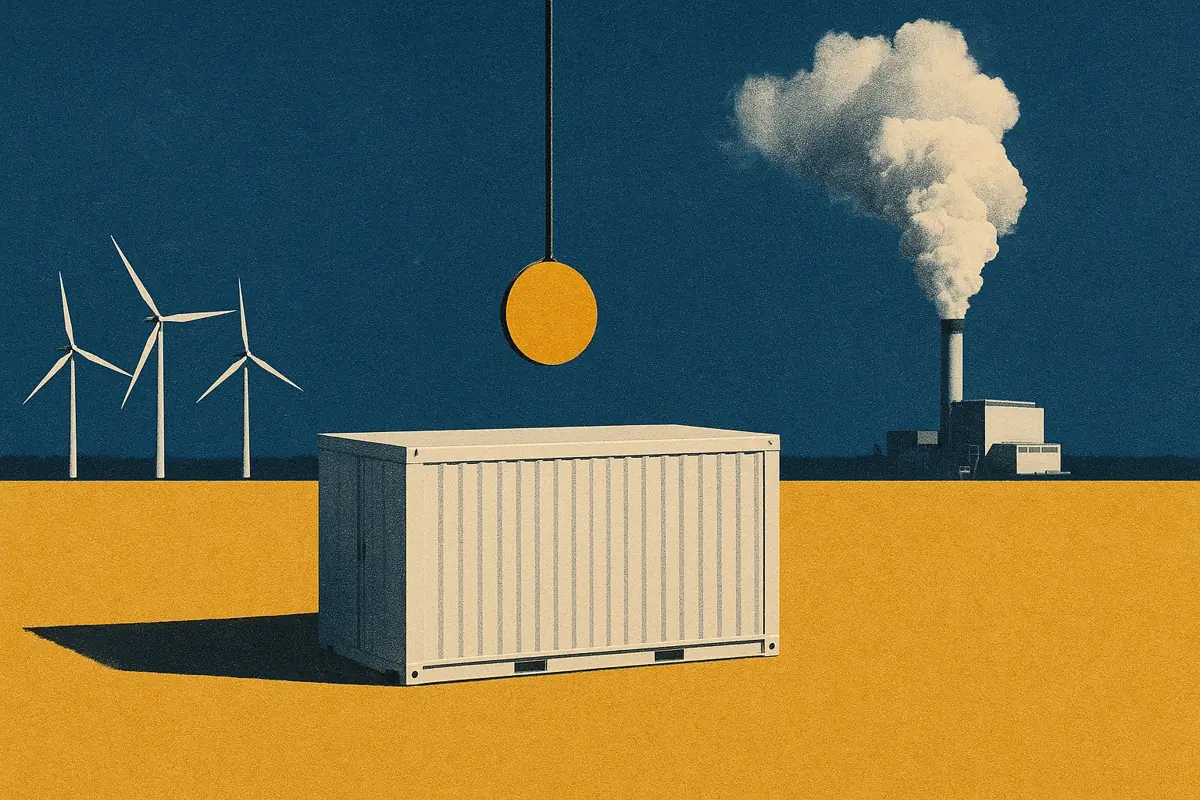Germany’s frequency markets are rapidly being reshaped by batteries. Across all battery-relevant services, TSOs procure around 4.5 GW of capacity. 90% of that is dedicated to automatic Frequency Restoration Reserve (aFRR).
When capacity is scarce, flexible providers earn strong returns. As more batteries qualify, those scarcity margins shrink and prices fall. We have seen this elsewhere: In Great Britain, frequency-response revenues fell by 73% in 2023 as supply overtook demand.
With the same pressure building in Germany it’s critical to understand how and when aFRR prices will compress. Batteries must be designed, traded, and financed for flexibility across markets — not just for the early-stage ancillary boom.
For any further information on this topic, reach out to the author — cosima@modoenergy.com.
Why this matters now: pre-qualified BESS is moving closer to total aFRR demand
Around 580 MW of battery capacity have currently pre-qualified for aFRR in Germany — about 30% of all operational BESS.
Total BESS capacity will reach 5.7 GW by the end of 2026. If just 35% of that fleet qualifies for aFRR, it would already be enough to meet the 2 GW of capacity procured by German TSOs.
As more batteries enter the market, competition will rise and prices will come under pressure.
This is a familiar pattern in frequency services. In Great Britain, the turning point came at the end of 2022.
Lessons from Great Britain: oversupply in frequency services drove prices towards the battery cost floor
In 2022, batteries in Great Britain earned over £150k/MW/year. By 2023, revenues had fallen to around £50,000/MW/year.
The drop followed an oversupply of frequency capacity, which pushed clearing prices lower across all services.
What caused the oversupply?
Exceptionally high ancillary-service revenues in 2022 triggered a wave of short-duration projects — mostly one-hour systems optimised for frequency response — lifting total BESS capacity in Great Britain to 2 GW by Q4 2022.
The market became saturated with low-cost ancillary service providers, which squeezed margins. These shorter-duration batteries were well suited for high-power frequency response, but less able to shift energy in wholesale markets, where revenues depend on duration and energy throughput. When ancillary prices fell, their limited flexibility meant returns dropped sharply.
Dynamic Containment Low (DCL): saturation in practice
A useful saturation indicator is the overbuild ratio — available BESS capacity (MW) divided by total service demand (MW).
Great Britain's DCL market shows how rapidly prices can decline, as the overbuild ratio exceeded 1.5.
Strategic lessons for BESS
- As the overbuild ratio reaches 1.5–2.0, frequency prices start converging towards battery opportunity cost.
- Short-duration systems thrive in scarce ancillary supply. But as markets saturate, longer-duration assets are better positioned to pivot into wholesale trading and preserve returns.
Germany’s aFRR market design differs from Great Britain’s but the fundamentals are the same: As more low-cost providers enter, prices compress. Germany can learn from these trends in more mature markets — ensuring assets can capture value across their entire investment horizon, not just during early scarcity.
Germany: two aFRR market that will be impacted differently by BESS
Understanding the German aFRR market set-up
- Capacity (aFRRc): pays for availability (€/MW/h) and clears pay-as-bid in day-ahead auctions.
- Energy (aFRRe): pays for actual provided energy (€/MWh), and clears pay-as-clear in near real-time auctions.







